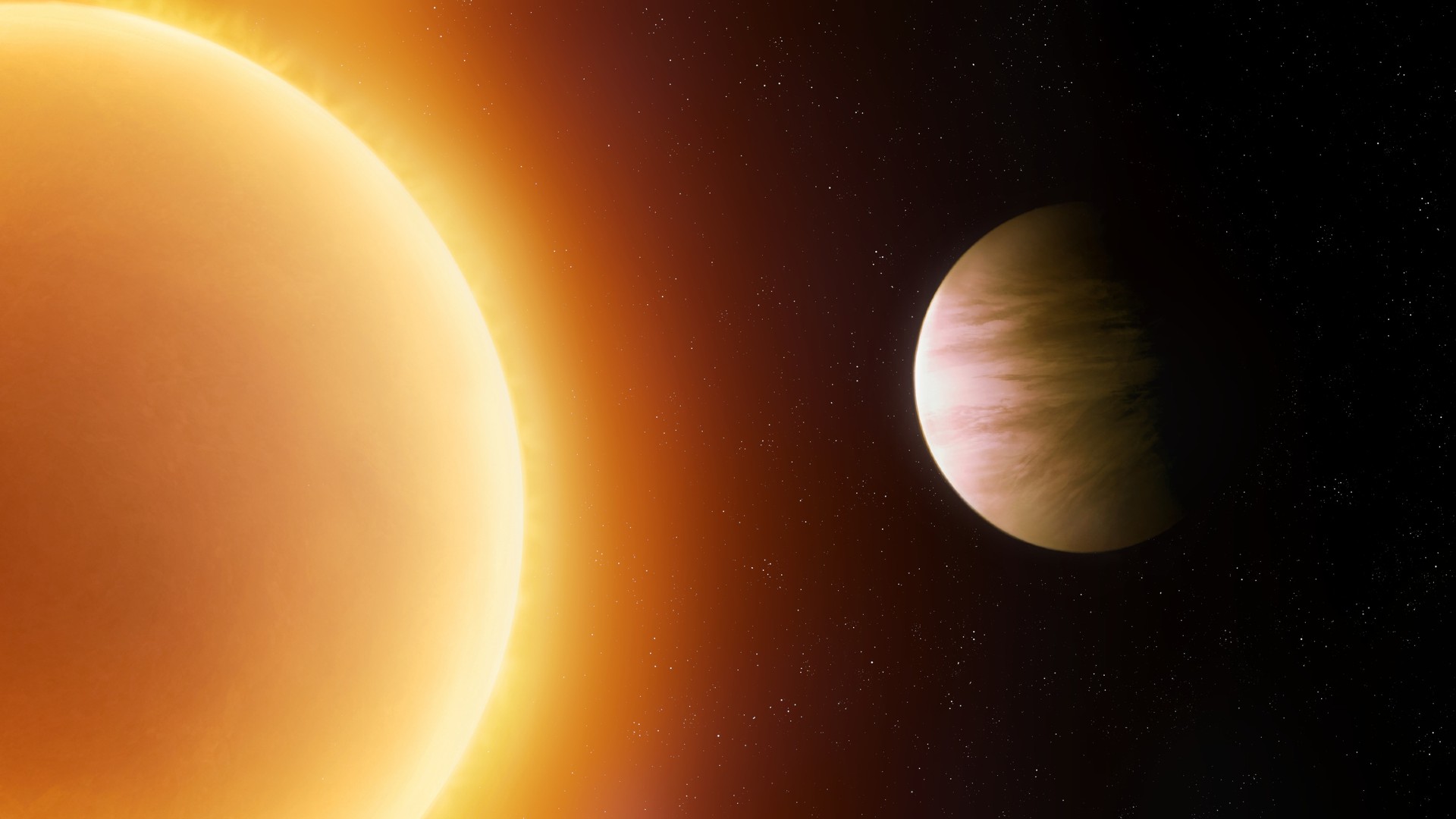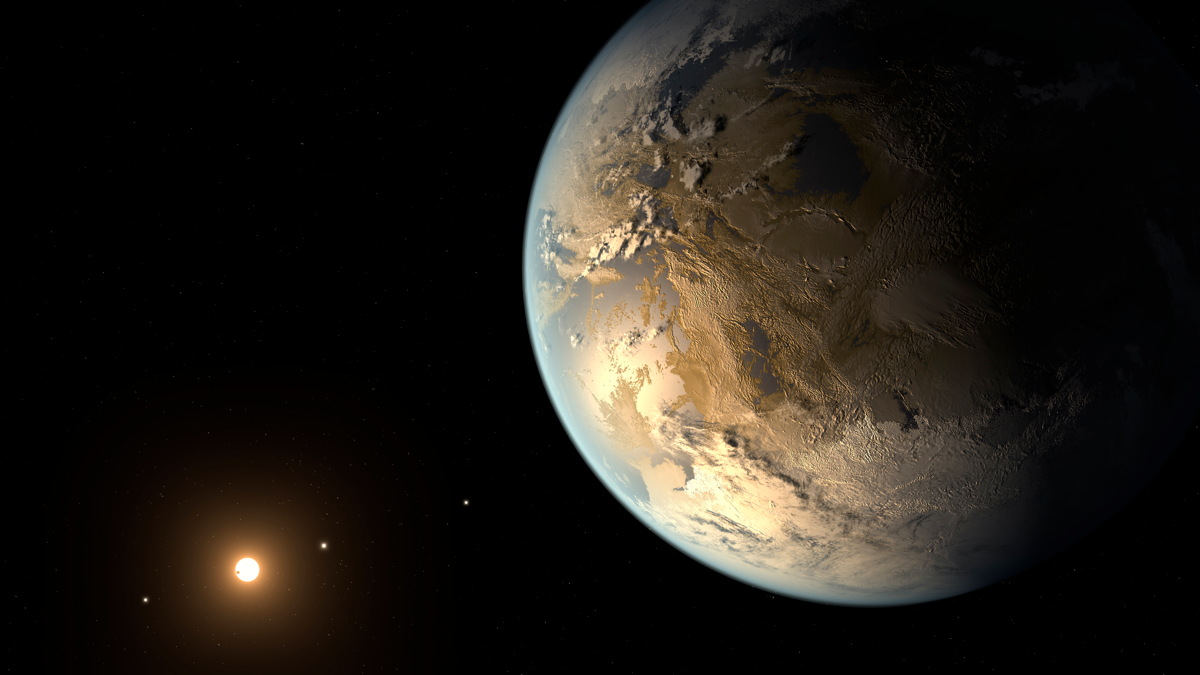
The famed science fiction author Isaac Asimov called them "ribbon worlds" — planets forced to always show one face to their parent star. The star side is locked in perpetual day, its sun never dipping below the horizon; indeed, its sun never even moving at all, fixed in place as if time itself stood still. The far side is trapped in perpetual night, a sky blazing with the light of thousands of stars, never knowing the warmth of its parent star.
And in between those two extremes, there's a special place: a terminator line, the boundary between night and day, a region of infinite twilight. Caught between the two extremes, this ribbon that stretches like a girdle around a planet might — might — just be a home for life, neither too hot in the never-ceasing glare of the star nor too cold in the infinite night.
Astronomers are especially interested in the habitability of these kinds of planets because they are incredibly common in the universe. The physics behind them is called tidal locking — the same reason the moon always shows the same face to Earth. Stars can do the same thing to their planets. Indeed, in our own solar system, Mercury is almost tidally locked with the sun, but the gravity of Jupiter keeps the smaller planet rotating, albeit very slowly.
Related: Aliens could be hiding in 'terminator zones' on planets with eternal night
While astronomers suspect there are a trillion or more exoplanets in the Milky Way, we have detected only a few thousand so far. With our rudimentary methods, however, we are biased toward seeing planets that orbit close to their parent stars. This means that we are exceptionally good at finding Earth-like rocky planets close to small, red dwarf stars — like the TRAPPIST-1 system or even our nearest interstellar neighbor, Proxima b.
Planets like these are almost certainly tidally locked, which makes the question of their habitability high on the priority list.
Tidally locked planets face a lot of challenges for habitability, but it's not impossible. This kind of planet receives a never-ending stream of light and heat on one side, with no sources of external warmth on the nightside. If the planet receives too much radiation on the dayside, the atmosphere can enter a catastrophic greenhouse feedback cycle, which would likely spell the end of any life that managed to evolve there. On the other hand, if the nightside is too cold, the atmosphere simply collapses, turning into ice that settles on the surface — which is also not so great for the prospects of life.

To maintain habitability, these tidally locked worlds must efficiently transfer heat from the dayside to the nightside to stay in balance. This can depend on a host of factors, like the makeup of the planet's atmosphere, its distance to its parent star, and the abundance of water on the surface.
Recent research suggests that water-rich worlds have a broad range of habitability, both in terms of conditions where life can thrive and what percentage of the planet is favorable for life. With enough water, massive ocean currents, combined with water evaporation and freezing, can efficiently transfer heat from the dayside to the nightside. In some cases, a planet can even reach a relatively uniform temperature, making the whole world habitable.
But even water-poor planets might stand a chance. In these cases, life would be confined to the "ribbon" of the terminator line. The dayside would be scorching hot, with far too much heat and radiation to sustain robust life — far worse than even the deepest deserts on Earth. In contrast, the nightside would be frozen, dominated by endless glaciers.
But in between, a temperate climate could prevail. Living on a world like this would be quite odd indeed. Its star would be forever low on the horizon, never moving or changing. Winds and ocean currents would stream constantly from the dayside to the nightside. Without significant rotation, those currents wouldn't twist up to form gyres or hurricanes. Instead, they would consist of ultrapowerful jet streams rushing by to keep the temperatures in balance.
We do not know if these ribbon worlds would be able to persist over the long term, or if instabilities would creep in to eventually destroy habitability. And we do not know the exact properties of the known tidally locked planets. But they are promising targets for continued study with the James Webb Space Telescope, and they just might be home to the first kind of alien life that we encounter.







